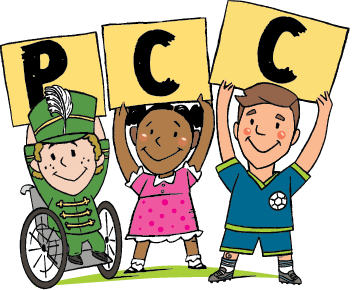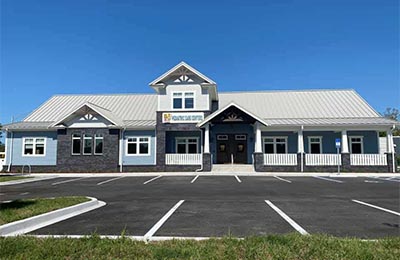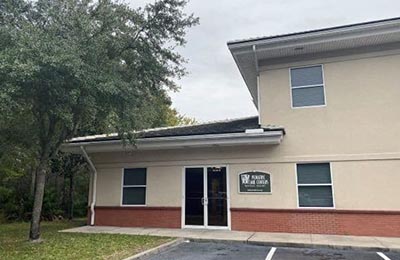Home » Common Childhood Illness FAQs » Food Allergies
What You Should Know
Food Allergy FAQs

Food allergies in children can be very concerning, especially because they can show up out of the blue. Your child might eat something they have not been exposed to before which then triggers the allergic reaction.
Many foods can cause allergic reactions, but the most common are:
- Peanuts
- Tree nuts
- Cow’s milk
- Soy
- Wheat
- Eggs
- Fish or shellfish
With 1 in every 13 children allergic to some type of food, being aware of what food your children eat and what an allergic reaction looks like is important.
It can be hard to identify whether your child is having an allergic reaction to food and your child might not realize they are having an allergic reaction. They might tell you things like, “it’s hard to breathe” or, “it feels like something is caught in my throat.”
If they communicate discomfort in their breathing while they are eating foods not normally in their diet, you should quickly analyze what they are eating and have them stop eating that particular food. It is most likely something that is listed above, and it could even be a specific ingredient that may not be evident or readily visible, such as foods that may contain nuts or soy.
Surprisingly, according to Johns Hopkins Medicine food allergies are normally caused by foods that your child has consumed before. The allergic reaction takes place the next time your child consumes that same food. That second time they eat the food, IgE antibodies will react with the food and then release histamines.
Histamines then cause a variety of symptoms that are listed below. This is why your pediatrician will often call in a prescription for antihistamines to counteract the symptoms.
Common symptoms related to food allergies include:
- Cough
- Dizziness
- Nausea
- Hives or red, itchy bumps on the skin
- Itching inside of the mouth
- Shortness of breath
- Trouble breathing
- Diarrhea
- Swelling in the lips, face or tongue
- Stomach pain
- Wheezing
- Vomiting
Your child could also develop a severe symptom called anaphylaxis. If your child is having problems breathing, it could be progressive and restrict their breathing entirely. If there is any difficulty breathing, 911 should be called immediately, followed by your pediatrician.
For less severe cases, you can treat the symptoms with over-the-counter treatments depending on what the symptoms are and then make an appointment to speak with your doctor about food allergies and testing so that you can properly identify the foods causing the problems and be able to avoid them in the future.
While most children outgrow their allergies as they get older (after the age of 3 or 4), some allergies, including nuts and seafood, can stay with them for their entire lives. There is no treatment available for food allergies other than simply avoiding the foods that caused the allergic reaction. In some cases, that may require you to remain vigilant, especially during times where it’s difficult to monitor an abundance of foods like at a party or during Halloween.
In some cases, your pediatrician may prescribe an “epi-pen” which allows you to quickly dose your child with epinephrine to assist in opening your child’s airways if they begin to have trouble breathing. If your child has a propensity for allergic reactions, it’s imperative you always keep an epi-pen nearby.





